How to Set Priority in Your Marketing Strategy and Avoid Random Acts of Marketing
Learn how to set priorities in your marketing strategy, avoid random acts of marketing, and leverage TaskFord’s features to drive focused, high-impact results.
Setting priorities in your marketing strategy is the backbone of achieving consistent, measurable results. Without a clear focus, businesses often fall into the trap of "random acts of marketing" (RAM) - scattered efforts that lack direction and fail to drive meaningful outcomes. By mastering time management strategies and prioritizing high-impact marketing tasks, you can align your efforts with your business goals, optimize resources, and boost your return on investment (ROI).
This comprehensive guide explores how to set priority in your marketing strategy, avoid wasteful tactics, and build a disciplined approach to marketing success.
What Are Random Acts of Marketing?
Random acts of marketing refer to disjointed, unplanned marketing efforts that lack a cohesive strategy. These might include sporadic social media posts, one-off email campaigns, or impulsive ad spends without a clear purpose. While these actions may feel productive, they often lead to wasted time, budget, and opportunities.
Why Random Acts of Marketing Hurt Your Business
- Lack of Focus: Without clear priorities, your team may chase trends or shiny new tactics that don’t align with your goals.
- Wasted Resources: Time and money spent on low-impact activities drain your budget and divert attention from what matters.
- Inconsistent Messaging: Uncoordinated efforts confuse your audience and dilute your brand’s voice.
- Poor ROI: Scattered tactics rarely deliver measurable results, making it hard to justify your marketing spend.
To avoid these pitfalls, you need a structured approach to set priority in your marketing strategy. Let’s dive into actionable steps to help you focus on what drives results.
Steps To Set Priorities And Avoid Random Acts of Marketing
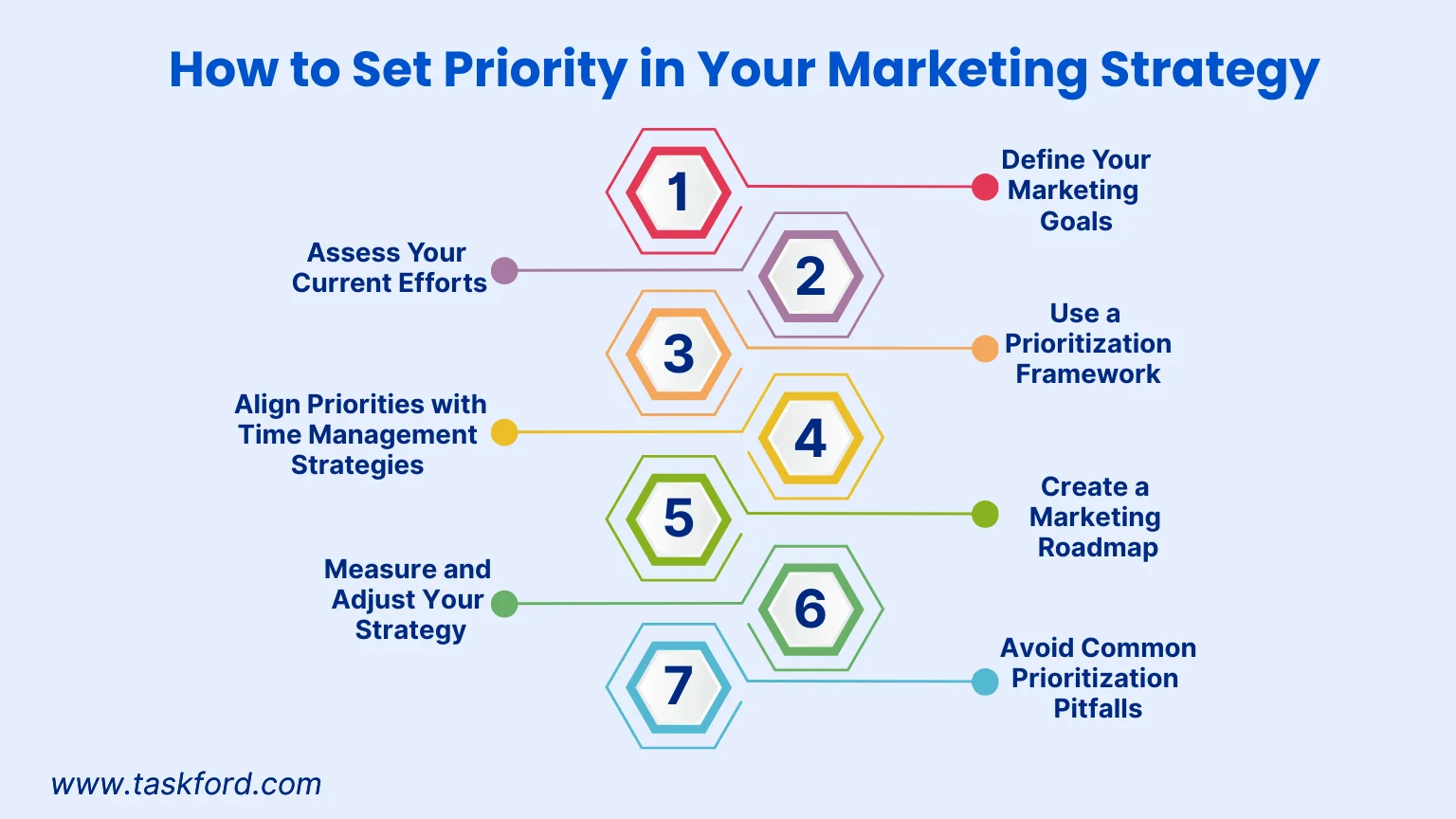
Step 1: Define Your Marketing Goals

Before you can set priorities, you need a clear understanding of what you’re working toward. Your marketing goals should be specific, measurable, achievable, relevant, and time-bound (SMART). These goals act as a compass, guiding your team’s efforts and ensuring every task aligns with your broader business objectives.
Examples of Marketing Goals
- Increase website traffic by 25% in six months through content marketing and SEO.
- Generate 100 qualified leads per month via targeted email campaigns.
- Boost brand awareness by achieving 10,000 social media engagements in Q1.
- Drive $50,000 in sales from a new product launch through paid advertising.
By setting clear goals, you create a foundation for prioritizing tasks that move the needle. For example, if your goal is to increase website traffic, you’ll prioritize SEO optimization and content creation over unrelated activities like redesigning your logo.
Step 2: Assess Your Current Marketing Efforts
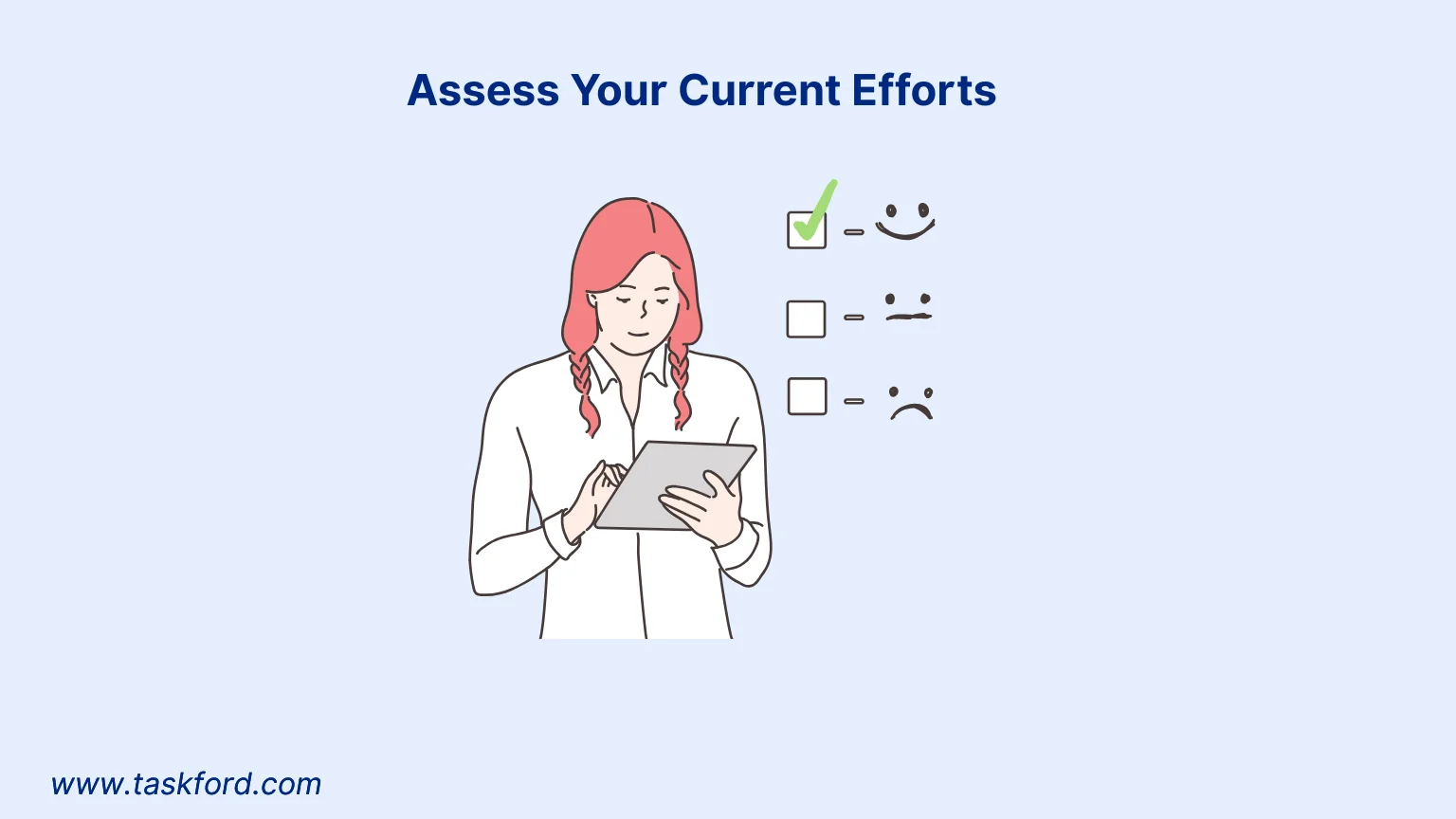
To set priority effectively, take stock of your existing marketing activities. Conduct a marketing audit to evaluate what’s working, what’s not, and where you’re wasting resources. This process helps you identify gaps and opportunities, ensuring your efforts align with your goals.
How to Conduct a Marketing Audit
- List All Activities: Document every marketing task your team is currently undertaking, from social media posts to paid ads.
- Measure Performance: Use analytics tools to track key performance indicators (KPIs) like website traffic, conversion rates, and engagement metrics.
- Evaluate Impact: Determine which activities are driving results and which are underperforming.
- Identify Resource Allocation: Review how much time, budget, and personnel are dedicated to each task.
For instance, if your audit reveals that your blog generates 50% of your website traffic but only consumes 10% of your budget, you might prioritize content marketing over less effective channels like display ads.
Step 3: Use a Prioritization Framework
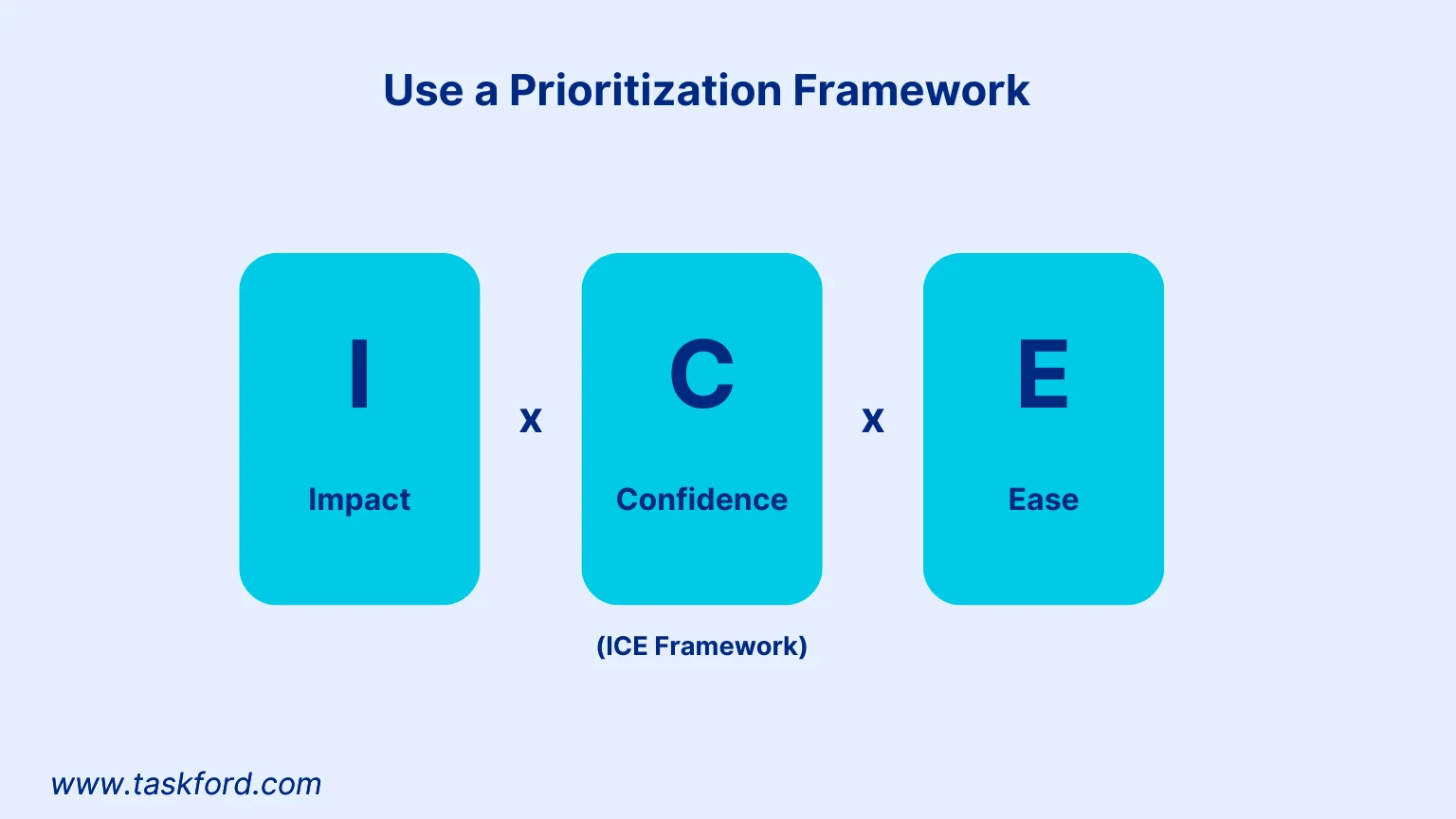
A prioritization framework helps you decide which marketing tasks deserve your attention. One effective method is the ICE framework, which stands for Impact, Confidence, and Ease. This approach scores tasks based on their potential impact, your confidence in their success, and the ease of implementation.
How to Use the ICE Framework
- Impact: How much will this task contribute to your marketing goals? For example, launching a targeted email campaign might have a high impact on lead generation.
- Confidence: How certain are you that this task will succeed? Use data from past campaigns or industry benchmarks to gauge confidence.
- Ease: How much time, effort, and resources will this task require? Tasks that are quick to execute with minimal resources score higher.
Assign each task a score from 1 to 10 for each category, then calculate the total. Tasks with the highest scores should take priority. For example, if optimizing your website’s SEO has an ICE score of 24 (Impact: 8, Confidence: 8, Ease: 8), it should rank higher than a low-impact task like creating a new social media profile (ICE score: 12).
Alternative Frameworks
- Eisenhower Matrix: Categorize tasks as urgent/important, not urgent/important, urgent/not important, or not urgent/not important. Focus on important tasks first.
- MoSCoW Method: Label tasks as Must-have, Should-have, Could-have, or Won’t-have to prioritize essential activities.
These frameworks help you avoid random acts of marketing by focusing on tasks that align with your goals and deliver the highest ROI.
Step 4: Align Priorities with Time Management Strategies
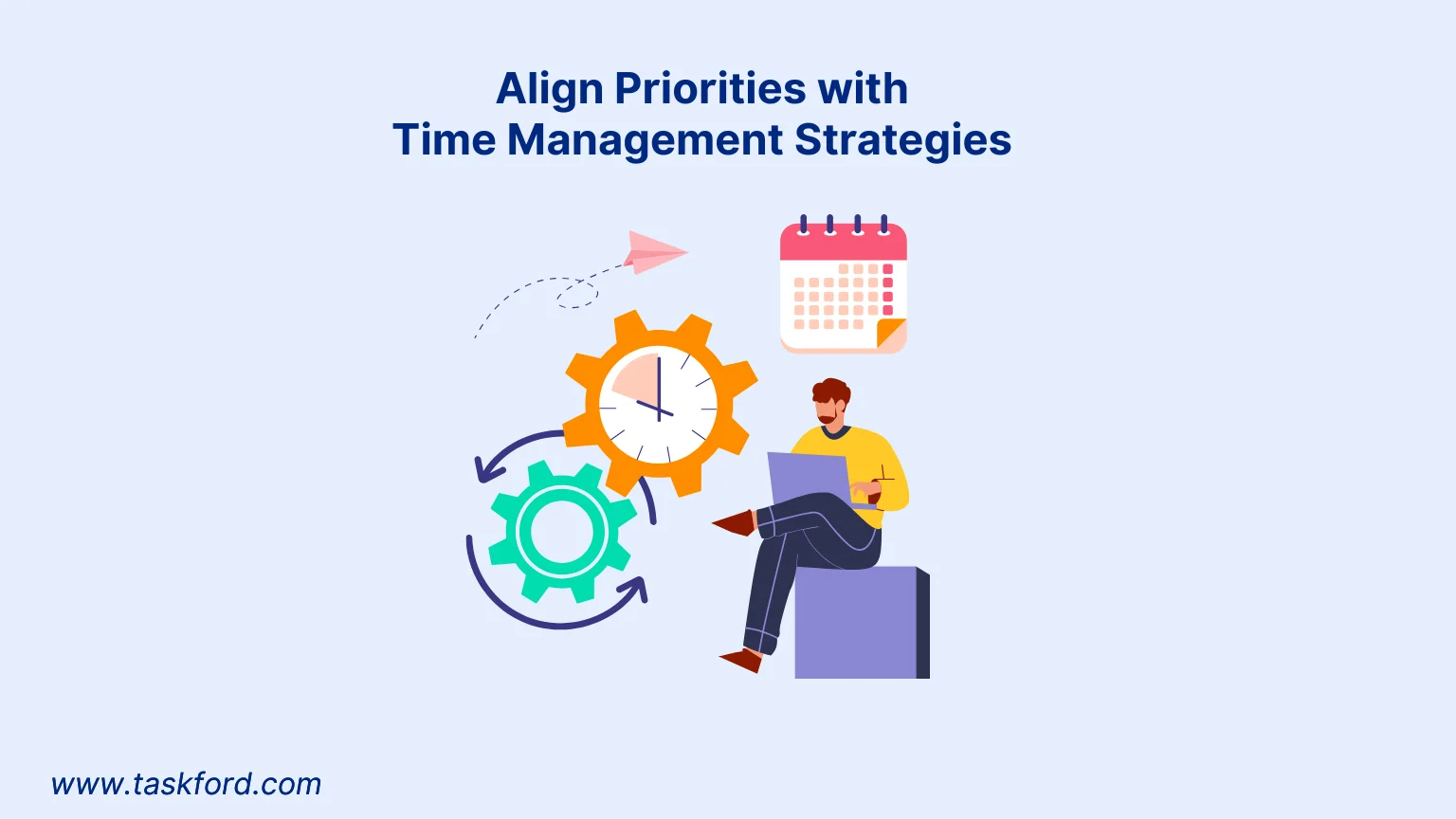
Effective time management is critical to executing your marketing priorities. Without a disciplined approach, even the best-laid plans can fall apart. Here are some time management strategies to help you stay focused and productive.
Time Blocking
Allocate specific time slots for high-priority tasks. For example, dedicate two hours each morning to content creation or one hour daily to analyzing campaign performance. By reserving time for critical activities, you prevent distractions and ensure progress.
The 80/20 Rule (Pareto Principle)
The 80/20 rule states that 80% of your results come from 20% of your efforts. Identify the 20% of marketing tasks that drive the most impact, such as optimizing high-performing blog posts or nurturing leads through email marketing, and prioritize them over less impactful activities.
Batch Similar Tasks
Group similar tasks together to maximize efficiency. For instance, create all your social media content for the week in one session or schedule all your email campaigns in a single afternoon. Batching reduces context-switching and saves time.
Delegate or Outsource Low-Priority Tasks
Not every task requires your direct involvement. Delegate low-priority tasks, like scheduling social media posts or managing routine analytics, to team members or freelancers. This frees up your time for high-impact activities like strategy development or campaign optimization.
Step 5: Create a Marketing Roadmap

A marketing roadmap is a visual plan that outlines your priorities, timelines, and responsibilities. It keeps your team aligned and ensures everyone understands what to focus on and when.
How to Build a Marketing Roadmap
- List Priorities: Based on your prioritization framework, identify the top tasks for the next quarter or year.
- Set Milestones: Break each priority into smaller milestones with deadlines. For example, if your priority is to launch a new campaign, milestones might include creating ad copy by Week 1, setting up landing pages by Week 2, and launching by Week 4.
- Assign Responsibilities: Clearly define who is responsible for each task to avoid confusion.
- Track Progress: Use project management tools like Trello, Asana, or Monday.com to monitor progress and ensure tasks stay on track.
A well-structured roadmap eliminates random acts of marketing by providing a clear path forward. It also helps you stay accountable and measure progress toward your goals.
Step 6: Measure and Adjust Your Strategy
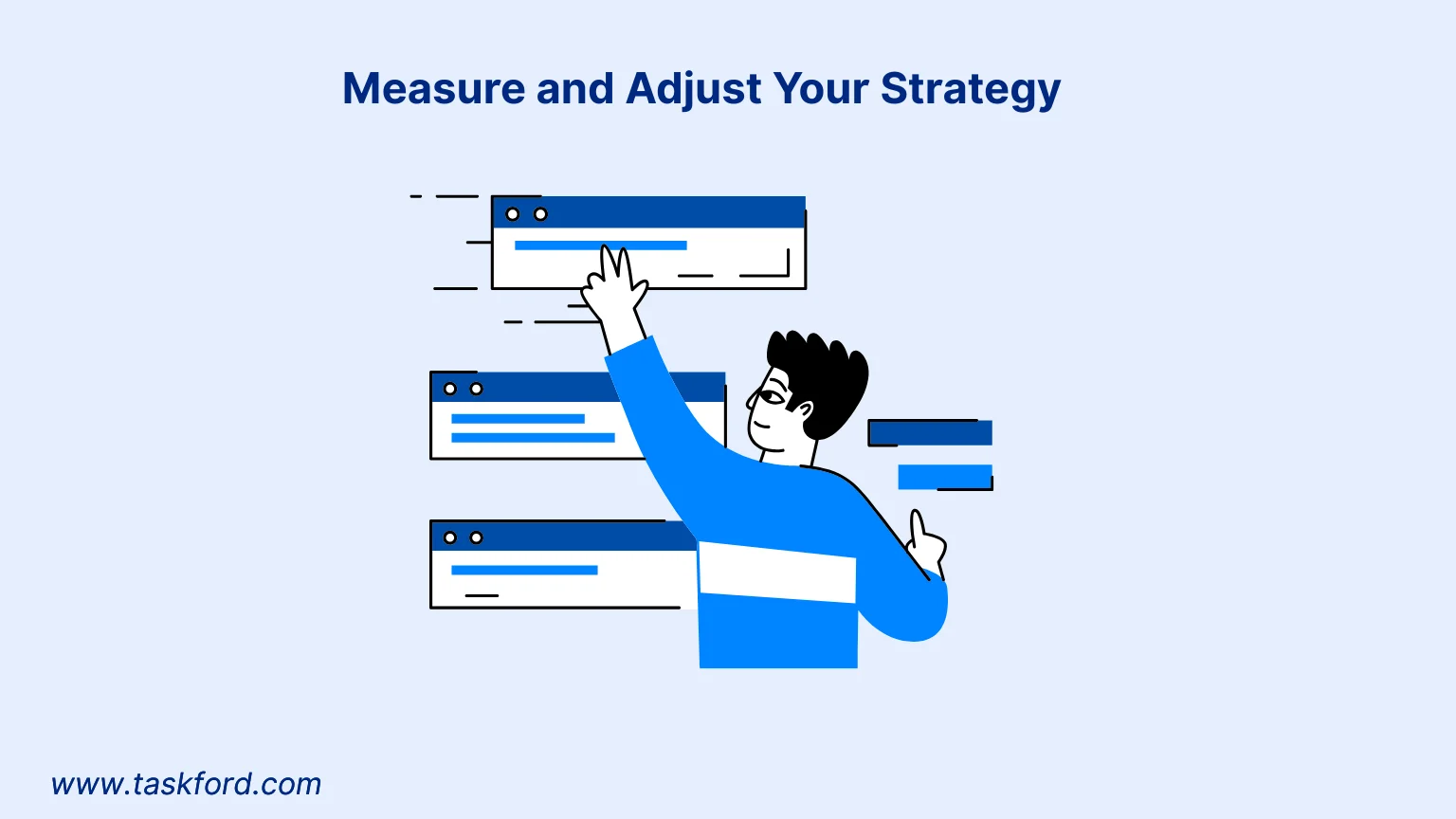
Prioritization isn’t a one-time task; it requires ongoing evaluation. Regularly review your marketing performance to ensure your priorities are still aligned with your goals.
Key Metrics to Track
- Website Traffic: Monitor organic, referral, and paid traffic to assess the effectiveness of your SEO and advertising efforts.
- Conversion Rates: Track how many visitors take desired actions, such as signing up for a newsletter or making a purchase.
- Customer Acquisition Cost (CAC): Calculate how much you’re spending to acquire each customer and compare it to their lifetime value (LTV).
- Engagement Metrics: Analyze social media likes, shares, comments, and email open rates to gauge audience interest.
Use these metrics to identify what’s working and what needs adjustment. For example, if your email campaigns have high open rates but low conversions, you might prioritize optimizing your call-to-action (CTA) buttons or landing pages.
When to Adjust Priorities
- Shifting Business Goals: If your company launches a new product or enters a new market, your marketing priorities should reflect these changes.
- Underperforming Tactics: If a campaign isn’t delivering results after a reasonable period, reallocate resources to higher-performing channels.
- Emerging Opportunities: Stay open to new trends, like a viral social media platform or a new advertising tool, but only pursue them if they align with your goals.
Step 7: Avoid Common Prioritization Pitfalls
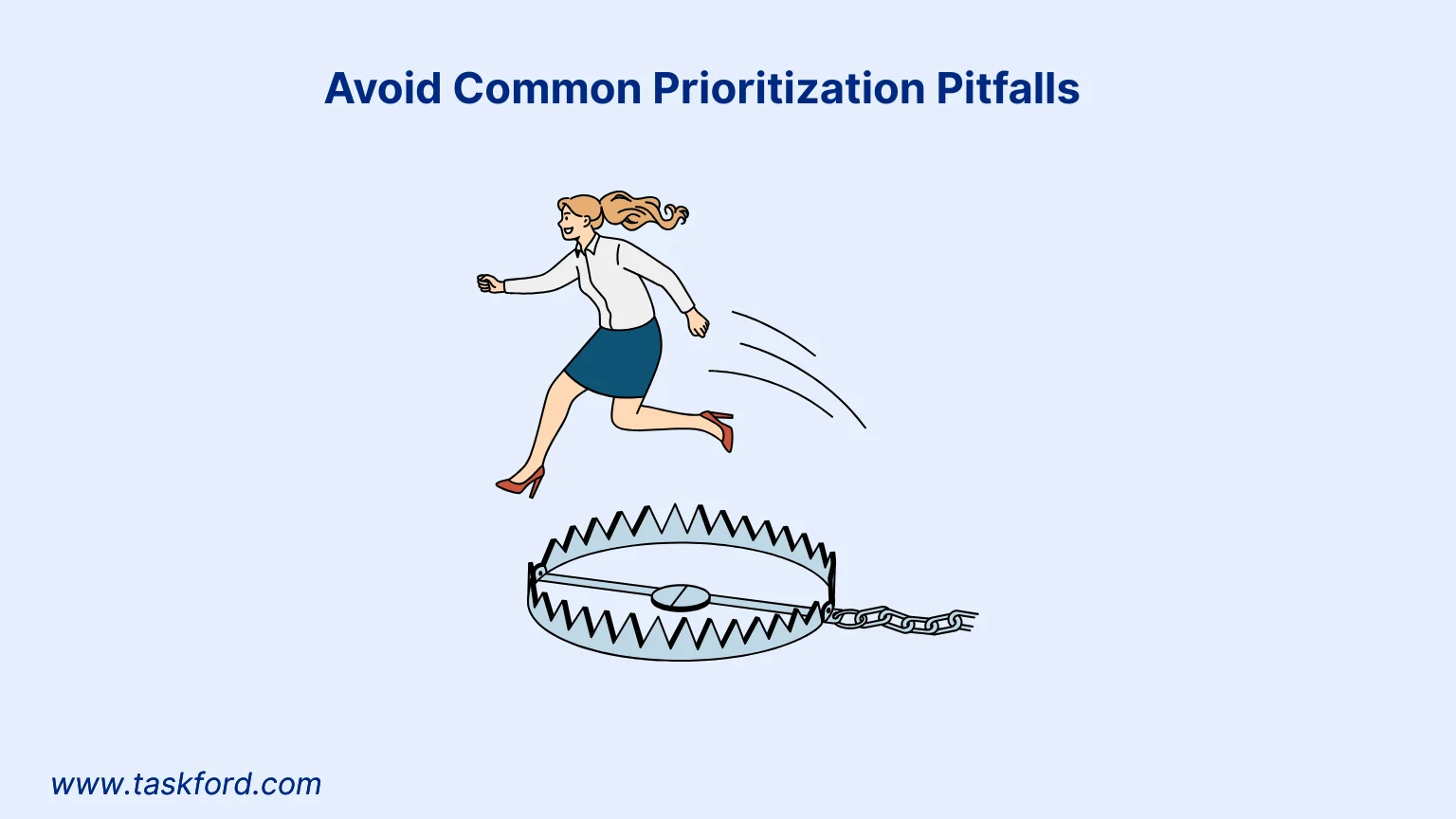
Even with a solid plan, it’s easy to fall back into random acts of marketing. Here are common mistakes to avoid:
Chasing Trends Without Strategy
It’s tempting to jump on the latest marketing trend, like a new social media platform or AI tool. However, only pursue trends that align with your goals and audience. For example, if your target audience isn’t active on a new platform, prioritize established channels like email or SEO instead.
Overloading Your Team
Trying to tackle too many priorities at once can lead to burnout and subpar results. Focus on a few high-impact tasks at a time, and scale up as you build momentum.
(Learn more: How To Reduce Burnout On A Project)
Ignoring Data
Data-driven decisions are key to effective prioritization. Avoid relying on gut feelings or assumptions. Instead, use analytics to guide your choices and validate your strategies.
Neglecting Long-Term Goals
While short-term wins are important, don’t lose sight of your long-term objectives. Balance quick wins, like a promotional campaign, with foundational efforts, like building a robust content library.
Tools to Support Marketing Prioritization
Leveraging the right tools can make prioritization and time management easier. Here are some recommendations:
- Analytics Tools: Google Analytics, HubSpot, or SEMrush for tracking performance metrics.
- Project Management Tools: TaskFord, Trello, Asana, or ClickUp for organizing tasks and roadmaps.
- Time Management Apps: Toggl or Clockify for tracking time spent on tasks.
- Marketing Automation: Mailchimp or ActiveCampaign for automating email campaigns and freeing up time for high-priority tasks.
TaskFord: Features and Uses for Marketing and Sales Teams
TaskFord is a comprehensive project management and resource planning platform that scales for teams of all sizes. The platform helps marketing and sales teams prioritize tasks, collaborate effectively, and achieve measurable results. Here are three key features tailored to optimize your marketing strategy.
- Optimize Campaign Planning and Execution: TaskFord enables teams to set clear priorities and deadlines for marketing campaigns using Gantt charts and Kanban boards.
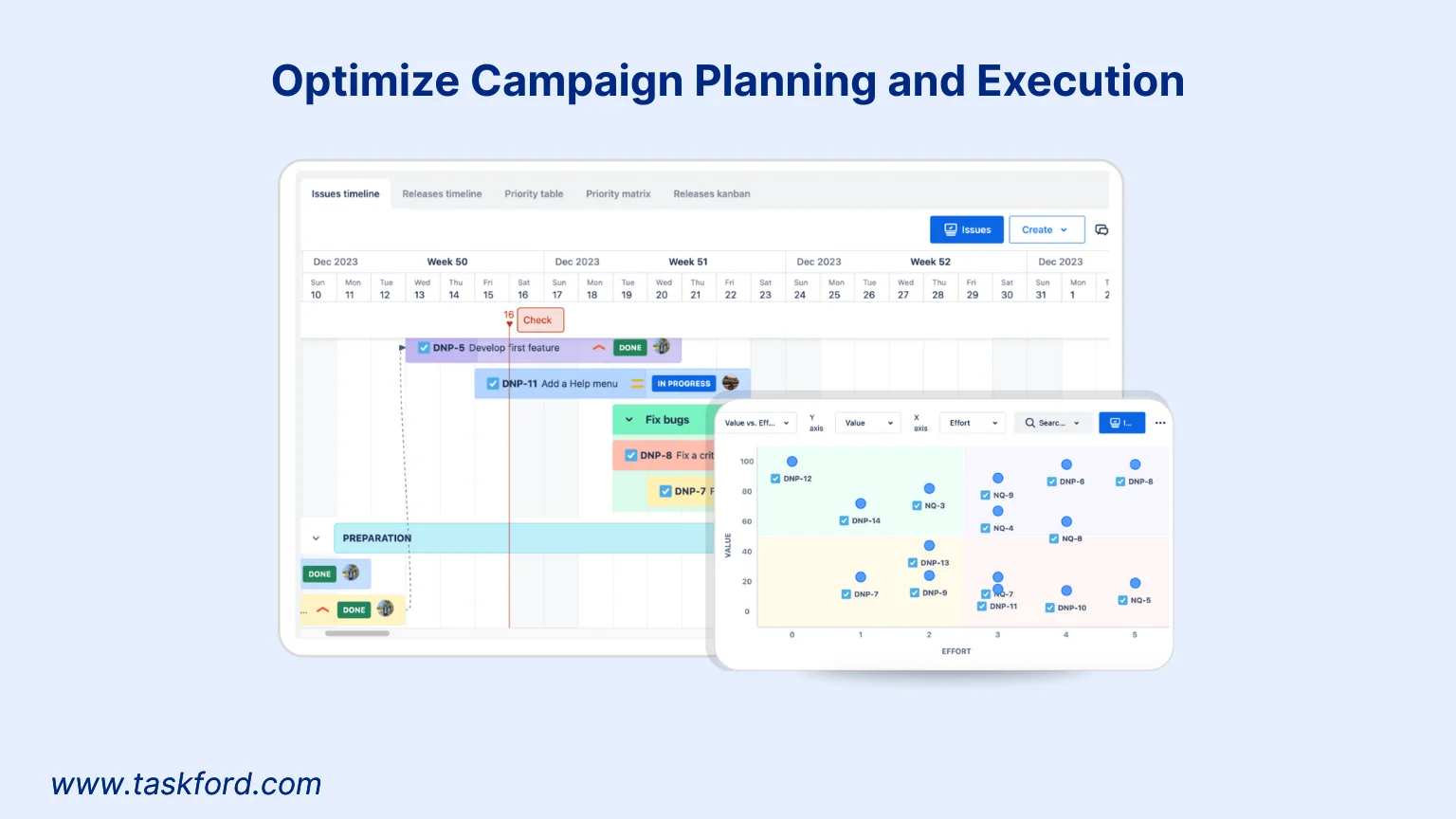
- Align Teams and Optimize Resource Allocation: TaskFord’s resource planning tool helps marketing and sales teams allocate tasks based on capacity, prioritizing high-impact activities like lead nurturing over low-value tasks. This ensures efficient collaboration and prevents burnout while maximizing campaign effectiveness.
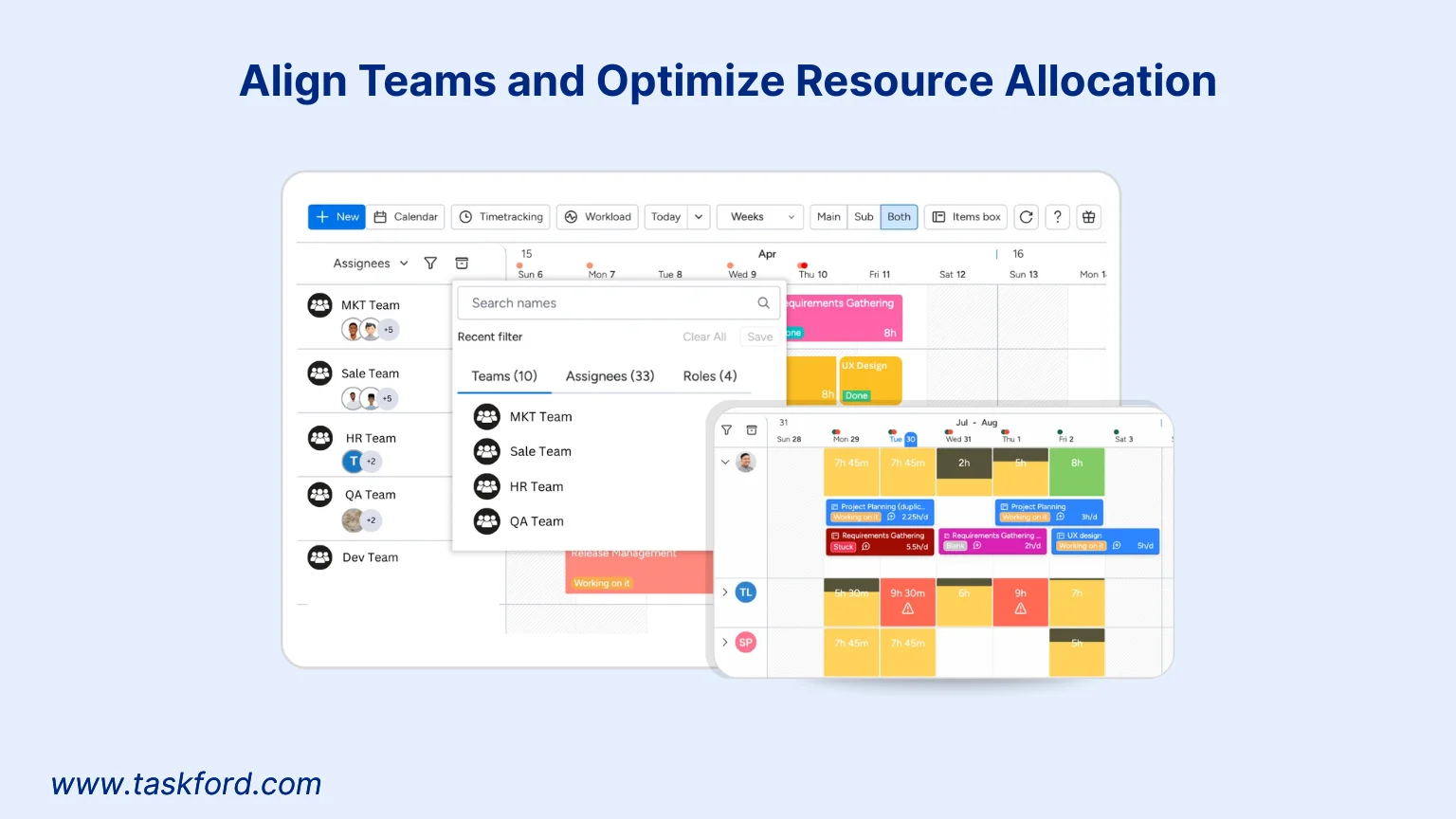
- Track Efforts and Measure ROI with Actionable Insights: TaskFord provides real-time tracking and reports to monitor campaign performance and KPIs like conversion rates or engagement metrics. These insights help teams make data-driven decisions, refining priorities to focus on strategies that deliver the highest ROI.
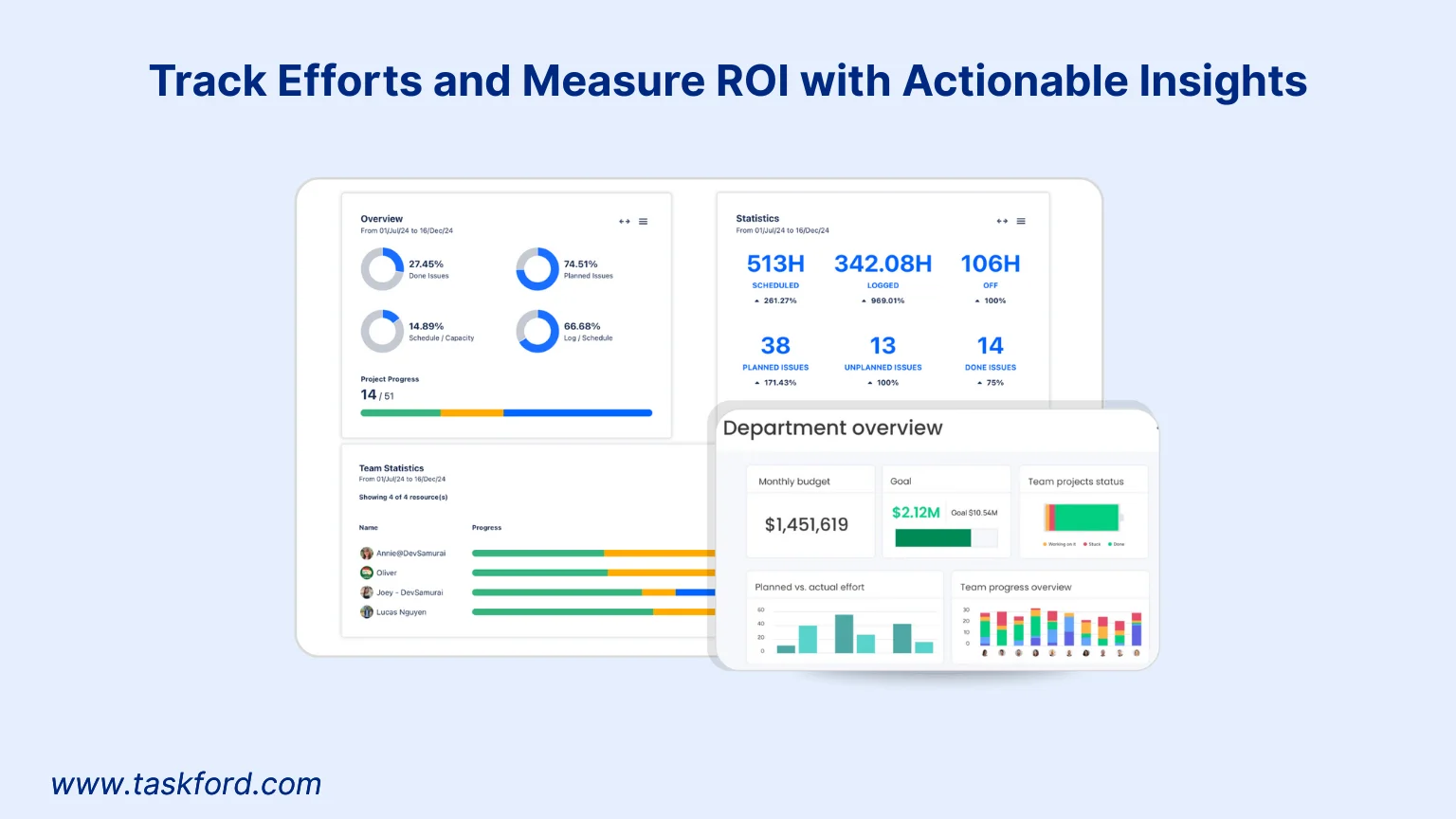
By eliminating random acts of marketing, TaskFord ensures teams focus on high-impact strategies that align with business goals. Sign up for early access to TaskFord to enhance your marketing strategy and drive focused, impactful results.
Conclusion
Setting priorities in your marketing strategy is essential to avoid random acts of marketing and achieve impactful results. By defining clear goals, conducting audits, using prioritization frameworks, and applying time management strategies, you can focus on high-value tasks. A well-structured marketing roadmap, supported by regular performance reviews and tools like TaskFord, keeps your team aligned and adaptable, ensuring maximum ROI and long-term success.
Learn more
- The Role Of A Marketing Project Manager : Responsibilities, Skills, and Real Impact
- How To Use A Gantt Chart for Marketing Projects and Campaigns
- Marketing Project Management Tools Keep Everything on Track
Making work simpler,
smarter, and more connected
Join our waitlist and be notified first.

Related Blog
Subscribe for Expert Tips
Unlock expert insights and stay ahead with TaskFord. Sign up now to receive valuable tips, strategies, and updates directly in your inbox.



